Home>Gardening & Outdoor>Pool & Spa Care>How To Fix Yellow Water In Hot Tub
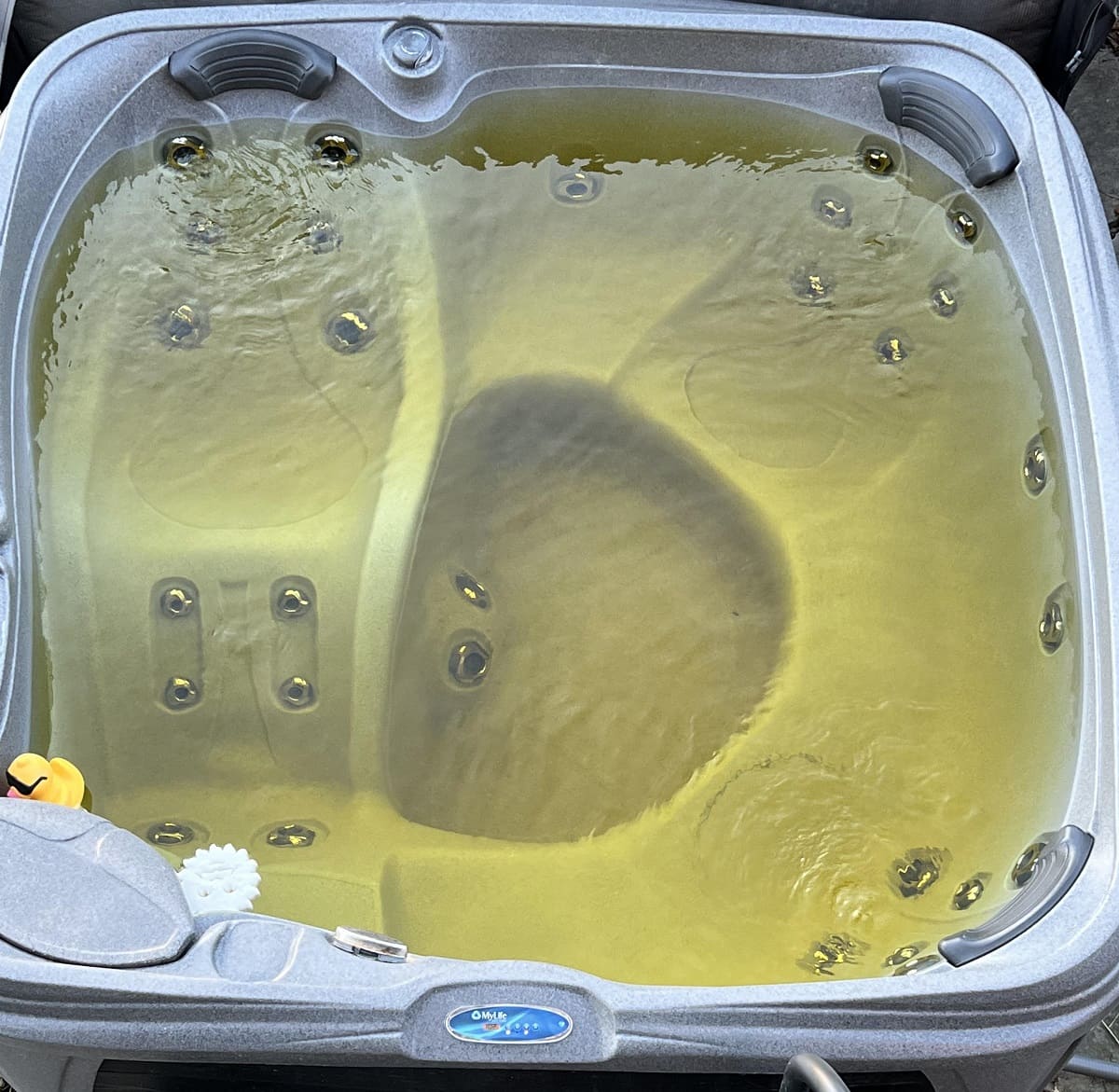

Pool & Spa Care
How To Fix Yellow Water In Hot Tub
Modified: September 1, 2024
Learn how to fix yellow water in your hot tub with our expert pool and spa care tips. Keep your hot tub water clean and clear with our easy solutions.
(Many of the links in this article redirect to a specific reviewed product. Your purchase of these products through affiliate links helps to generate commission for Storables.com, at no extra cost. Learn more)
Introduction
Welcome to the wonderful world of hot tub ownership! There’s nothing quite like slipping into the warm, bubbling water after a long day. However, if you’ve noticed that your hot tub water has taken on a yellow tint, you’re not alone. This issue can be a bit alarming, but fear not – with a little know-how and some proactive maintenance, you can restore your hot tub water to its crystal-clear glory.
In this guide, we’ll delve into the common causes of yellow water in hot tubs and explore the step-by-step process of remedying this issue. From testing and balancing the water chemistry to cleaning and maintaining the filter, we’ll cover all the essential strategies for combating yellow water. Additionally, we’ll discuss preventive measures to help you keep your hot tub water sparkling clean for the long haul.
So, if you’re ready to bid farewell to yellow water and reclaim the pristine oasis of your hot tub, let’s dive in and discover the solutions together!
Key Takeaways:
- Say goodbye to yellow water in your hot tub by testing and balancing the water chemistry, shocking the tub, and maintaining the filter. Keep your oasis sparkling with proactive care and preventive measures.
- Prevent yellow water in your hot tub by regular testing, effective filtration, proper sanitization, and environmental considerations. Enjoy a consistently clear and inviting hot tub environment with proactive maintenance.
Read more: How To Fix Brown Hot Tub Water
Understanding the Causes of Yellow Water
Yellow water in a hot tub can stem from various factors, and understanding these root causes is crucial for effectively addressing the issue. Here are some common culprits behind the discoloration of hot tub water:
- Organic Contaminants: Organic matter, such as body oils, sweat, and cosmetics, can accumulate in the water, leading to discoloration. Additionally, environmental debris like pollen and leaves can find their way into the hot tub, contributing to the yellowish hue.
- Metal Contamination: Presence of metals, such as iron and copper, in the water can cause it to turn yellow. These metals may enter the hot tub water from various sources, including corroded plumbing, untreated fill water, or metal components within the tub.
- Algae Growth: Algae thrive in warm, stagnant water, and their presence can lead to yellow or green discoloration. This can occur if the hot tub water is not adequately sanitized and if the sanitizer levels are not maintained at the recommended range.
- High pH Levels: When the pH levels of the water are too high, it can result in cloudy or discolored water. This can be exacerbated by the presence of minerals and organic contaminants, leading to a yellowish tint.
By pinpointing the specific cause of the yellow water in your hot tub, you can tailor your approach to effectively address the underlying issue. In the following sections, we’ll explore the step-by-step methods for testing and balancing the water chemistry, shocking the hot tub, and implementing preventive measures to combat yellow water and maintain pristine hot tub conditions.
Testing and Balancing the Water Chemistry
Before diving into the remedial steps, it’s essential to assess the current state of your hot tub water. Testing the water chemistry allows you to identify imbalances and determine the necessary adjustments to restore clarity and balance. Here’s a comprehensive approach to testing and balancing the water chemistry in your hot tub:
1. Water Testing:
Utilize a reliable water testing kit to assess crucial parameters such as pH levels, alkalinity, sanitizer levels, and calcium hardness. These measurements provide valuable insights into the overall quality of the water and help pinpoint specific areas that require attention.
2. pH Adjustment:
Optimal pH levels are essential for maintaining clear and inviting hot tub water. If the pH is outside the recommended range (typically 7.2-7.8), adjust it using pH increaser or decreaser as needed to bring it into the appropriate range. This can help prevent cloudiness and discoloration caused by high or low pH levels.
Read more: How To Soften Water In A Hot Tub
3. Alkalinity Balance:
Alkalinity acts as a buffer for pH, helping to stabilize the water and prevent drastic pH fluctuations. Test the alkalinity levels and make adjustments using alkalinity increaser or decreaser to maintain the recommended range (often 80-120 ppm). Proper alkalinity can contribute to water clarity and prevent potential discoloration.
4. Sanitization:
Ensure that the sanitizer levels, such as chlorine or bromine, are within the appropriate range to effectively combat contaminants and prevent algae growth. Adjust the sanitizer levels as per the test results, keeping them within the recommended range for a clean and clear hot tub environment.
5. Calcium Hardness:
Calcium hardness refers to the concentration of dissolved calcium in the water. Test the calcium hardness levels and make adjustments using calcium increaser or a water softener if necessary to maintain the ideal range (often 150-250 ppm). Proper calcium hardness can help prevent metal corrosion and maintain water clarity.
By diligently testing and balancing the water chemistry, you can address potential factors contributing to yellow water while maintaining a healthy and inviting hot tub environment. Once the water chemistry is optimized, you can proceed to additional remedial measures to further improve water clarity and eliminate discoloration.
Shocking the Hot Tub
When yellow water plagues your hot tub, a process known as “shocking” can be a powerful remedy. Shocking the hot tub involves a concentrated treatment that eliminates organic contaminants, restores water clarity, and rejuvenates the effectiveness of the sanitizer. Here’s a step-by-step guide to effectively shock your hot tub:
Read more: Why Is The Hot Tub Water Green
1. Choose the Right Shock Treatment:
There are various types of shock treatments available, including chlorine-based and non-chlorine options. Select a shock treatment that aligns with your preferred sanitizer and the specific needs of your hot tub. Follow the manufacturer’s instructions regarding dosage and application for the chosen shock treatment.
2. Time it Right:
It’s advisable to shock the hot tub in the evening or at a time when the tub will not be in use for several hours. This allows the shock treatment to work its magic without any interference, ensuring optimal effectiveness in combating yellow water and organic contaminants.
3. Diligent Mixing and Application:
Follow the instructions provided with the shock treatment to properly mix it with water before applying it to the hot tub. Ensure thorough mixing to evenly distribute the shock treatment and maximize its impact on eliminating contaminants and restoring water clarity.
4. Allow for Circulation and Filtration:
After adding the shock treatment to the hot tub, run the circulation and filtration system for several hours to facilitate thorough mixing and distribution of the shock treatment. This helps ensure that the treatment reaches all areas of the water, effectively addressing yellow water and organic impurities.
Read more: How To Test Hot Tub Water With Strips
5. Monitor and Test:
Following the shocking process, monitor the hot tub water closely and conduct water tests to assess the impact of the shock treatment. Measure the sanitizer levels, pH, and overall water clarity to gauge the effectiveness of the shock treatment in combating yellow water and restoring pristine conditions.
Shocking the hot tub serves as a potent solution for addressing yellow water and revitalizing the water quality. By incorporating this targeted treatment into your maintenance routine, you can effectively combat discoloration and maintain a clean, inviting hot tub environment for your enjoyment.
Cleaning and Maintaining the Filter
The hot tub filter plays a pivotal role in capturing debris, contaminants, and impurities, contributing to the overall cleanliness and clarity of the water. Regular maintenance and thorough cleaning of the filter are essential for combating yellow water and ensuring optimal filtration efficiency. Here’s a comprehensive approach to cleaning and maintaining the hot tub filter:
1. Regular Inspection:
Initiate the maintenance process by conducting regular inspections of the filter. Check for any visible debris, signs of wear, or damage that may hinder its filtration capabilities. Address any issues promptly to maintain the filter’s effectiveness in capturing contaminants.
2. Scheduled Cleaning:
Establish a routine for cleaning the filter based on the manufacturer’s recommendations and the frequency of hot tub usage. This typically involves removing the filter and performing a thorough cleaning to eliminate accumulated debris and contaminants that could contribute to yellow water.
Read more: How To Pump Water Out Of Hot Tub
3. Gentle Rinsing:
Begin the cleaning process by gently rinsing the filter with a garden hose or specialized filter-cleaning attachment to dislodge surface debris and contaminants. Ensure that the water pressure is moderate to avoid damaging the filter media while effectively removing impurities.
4. Deep Cleaning and Degreasing:
Periodically engage in deep cleaning of the filter by utilizing a filter cleaner or degreaser specifically designed for hot tub filters. Follow the product instructions to soak the filter in the cleaning solution, effectively dissolving oils, grime, and stubborn contaminants that may contribute to yellow water and diminished filtration efficiency.
5. Thorough Drying and Reinstallation:
After cleaning, thoroughly dry the filter to prevent mold or mildew growth. Once dry, reinstall the filter in the hot tub, ensuring a secure and proper fit. Regularly inspect the filter housing and gaskets for any signs of wear or damage, addressing any issues to maintain optimal filtration performance.
6. Filter Replacement:
Over time, hot tub filters may reach the end of their lifespan and become less effective in capturing impurities. Follow the manufacturer’s guidelines for filter replacement intervals, and invest in high-quality replacement filters to ensure continued water clarity and filtration efficiency.
By prioritizing the cleaning and maintenance of the hot tub filter, you can significantly contribute to the elimination of yellow water and the preservation of pristine water quality. A well-maintained filter serves as a frontline defense against impurities, supporting a clean and inviting hot tub experience.
Read more: How To Fix Hot Tub Plumbing Leak
Draining and Refilling the Hot Tub
When persistent issues such as yellow water plague your hot tub, a comprehensive solution may involve draining and refilling the tub. This process allows for a fresh start, eliminating accumulated impurities and providing an opportunity to recalibrate the water chemistry. Here’s a detailed guide to effectively draining and refilling your hot tub:
1. Assessment of Water Quality:
Prior to draining the hot tub, assess the current water quality, including clarity, color, and any lingering issues such as yellow discoloration. This evaluation provides valuable insights into the effectiveness of previous remedial measures and informs the need for a complete water change.
2. Shutting Off Power and Draining:
Begin the process by turning off the power to the hot tub to ensure safety during the draining phase. Follow the manufacturer’s instructions to initiate the draining process, allowing the water to flow out completely. This step removes accumulated impurities and contaminants that may contribute to yellow water.
3. Thorough Cleaning and Inspection:
Once the hot tub is drained, take the opportunity to perform a thorough cleaning of the tub’s interior surfaces. Remove any debris, scale, or residue, and inspect the tub for signs of mold, mildew, or other issues that may impact water quality. Address any areas of concern before refilling the tub.
Read more: How To Fix Waterlogged Hot Tub Cover
4. Refilling with Fresh Water:
Refill the hot tub with fresh, clean water from a reliable source. Take care to ensure that the water quality meets the recommended standards, free from impurities and contaminants that could contribute to discoloration or water quality issues. Use a hose filter if necessary to further improve water quality.
5. Balancing Water Chemistry:
Following the refill, test the water chemistry and adjust the pH, alkalinity, and sanitizer levels as needed to ensure optimal balance and clarity. This step is crucial for establishing a clean and inviting hot tub environment, free from the yellow water and other issues that may have been present previously.
6. Monitoring and Maintenance:
After refilling the hot tub, closely monitor the water quality and conduct regular maintenance to sustain optimal conditions. This includes ongoing testing, filtration maintenance, and adherence to a consistent water care regimen to prevent the recurrence of yellow water and maintain pristine conditions.
Draining and refilling the hot tub provides a fresh start and an opportunity to address persistent water quality issues such as yellow discoloration. By following a systematic approach and prioritizing water chemistry balance, you can restore your hot tub to its sparkling best, creating an inviting oasis for relaxation and enjoyment.
Preventing Yellow Water in the Future
While addressing yellow water in your hot tub is essential, implementing preventive measures is equally crucial to maintain long-term water clarity and quality. By incorporating proactive strategies into your hot tub maintenance routine, you can minimize the risk of yellow water and sustain a pristine and inviting environment. Here are key steps to prevent yellow water in the future:
Read more: How To Fix Dry Code On Hot Tub
1. Regular Water Testing and Balancing:
Establish a consistent schedule for testing and balancing the water chemistry in your hot tub. Regular monitoring of pH levels, alkalinity, sanitizer levels, and other key parameters allows for prompt adjustments, preventing imbalances that could lead to water discoloration.
2. Effective Filtration and Cleaning:
Maintain a diligent filter cleaning schedule and ensure that the filtration system is operating optimally. Regularly remove debris, clean the filter, and inspect the filtration components to uphold efficient water filtration and minimize the accumulation of impurities that contribute to yellow water.
3. Proper Sanitization and Shock Treatments:
Adhere to a consistent sanitization regimen, ensuring that the sanitizer levels are within the recommended range to combat contaminants and prevent algae growth. Incorporate periodic shock treatments to effectively eliminate organic impurities and maintain water clarity.
4. Source Water Quality:
Pay attention to the quality of the water used to refill the hot tub. Utilize filtered or treated water to minimize the introduction of impurities and contaminants that could contribute to discoloration. Consider using a hose filter to further improve the quality of the fill water.
Read more: How To Fix Flo Error In Hot Tub
5. Regular Maintenance and Inspection:
Engage in routine maintenance and thorough inspections of the hot tub components, including the tub interior, plumbing, and seals. Address any issues promptly to prevent potential sources of contamination and maintain the overall integrity of the hot tub environment.
6. Environmental Considerations:
Be mindful of environmental factors that can impact water quality, such as pollen, leaves, and other outdoor debris. Implement measures to minimize the introduction of external contaminants into the hot tub, such as using a cover when the tub is not in use.
By integrating these preventive measures into your hot tub care routine, you can proactively safeguard against yellow water and sustain a consistently clear, inviting hot tub environment. With a proactive approach to water maintenance and diligent care, you can enjoy the benefits of a pristine hot tub oasis for relaxation and rejuvenation.
Conclusion
As a hot tub owner, maintaining crystal-clear water is essential for creating a welcoming and hygienic environment. The presence of yellow water can be a cause for concern, but armed with the knowledge and strategies outlined in this guide, you’re well-equipped to address this issue effectively. By understanding the causes of yellow water and implementing targeted solutions, you can restore and maintain the pristine condition of your hot tub.
From testing and balancing the water chemistry to shock treatments, filter maintenance, and the occasional draining and refilling, each step plays a crucial role in combating yellow water and preserving water clarity. Furthermore, the proactive measures outlined for preventing yellow water in the future serve as a roadmap for long-term maintenance and sustained water quality.
Remember, a proactive approach to hot tub care, including regular testing, diligent filtration maintenance, and adherence to water chemistry balance, is key to preventing the recurrence of yellow water. By incorporating these practices into your routine, you can enjoy a consistently inviting hot tub environment, free from the concerns of water discoloration and impurities.
Ultimately, the journey to reclaiming and maintaining pristine hot tub water is a testament to your commitment to creating a delightful and rejuvenating oasis in your own backyard. With the insights gained from this guide, you’re well-prepared to navigate the nuances of hot tub water maintenance and ensure a refreshing and hygienic experience for yourself and your guests.
So, as you embark on this ongoing journey of hot tub care, may your waters remain sparkling, inviting, and free from the specter of yellow discoloration. Here’s to many blissful soaks and moments of relaxation in your impeccably maintained hot tub oasis!
Frequently Asked Questions about How To Fix Yellow Water In Hot Tub
Was this page helpful?
At Storables.com, we guarantee accurate and reliable information. Our content, validated by Expert Board Contributors, is crafted following stringent Editorial Policies. We're committed to providing you with well-researched, expert-backed insights for all your informational needs.
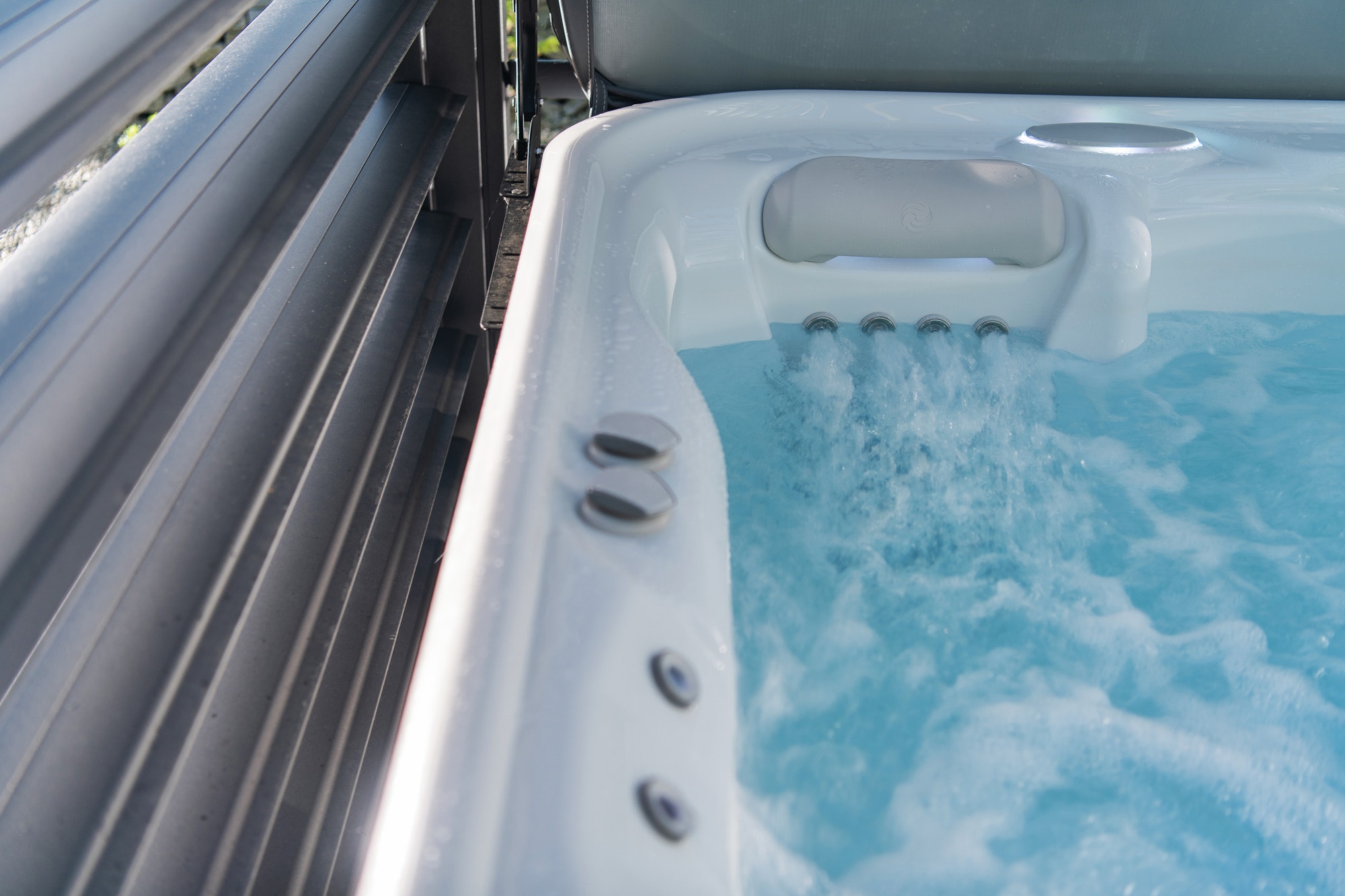
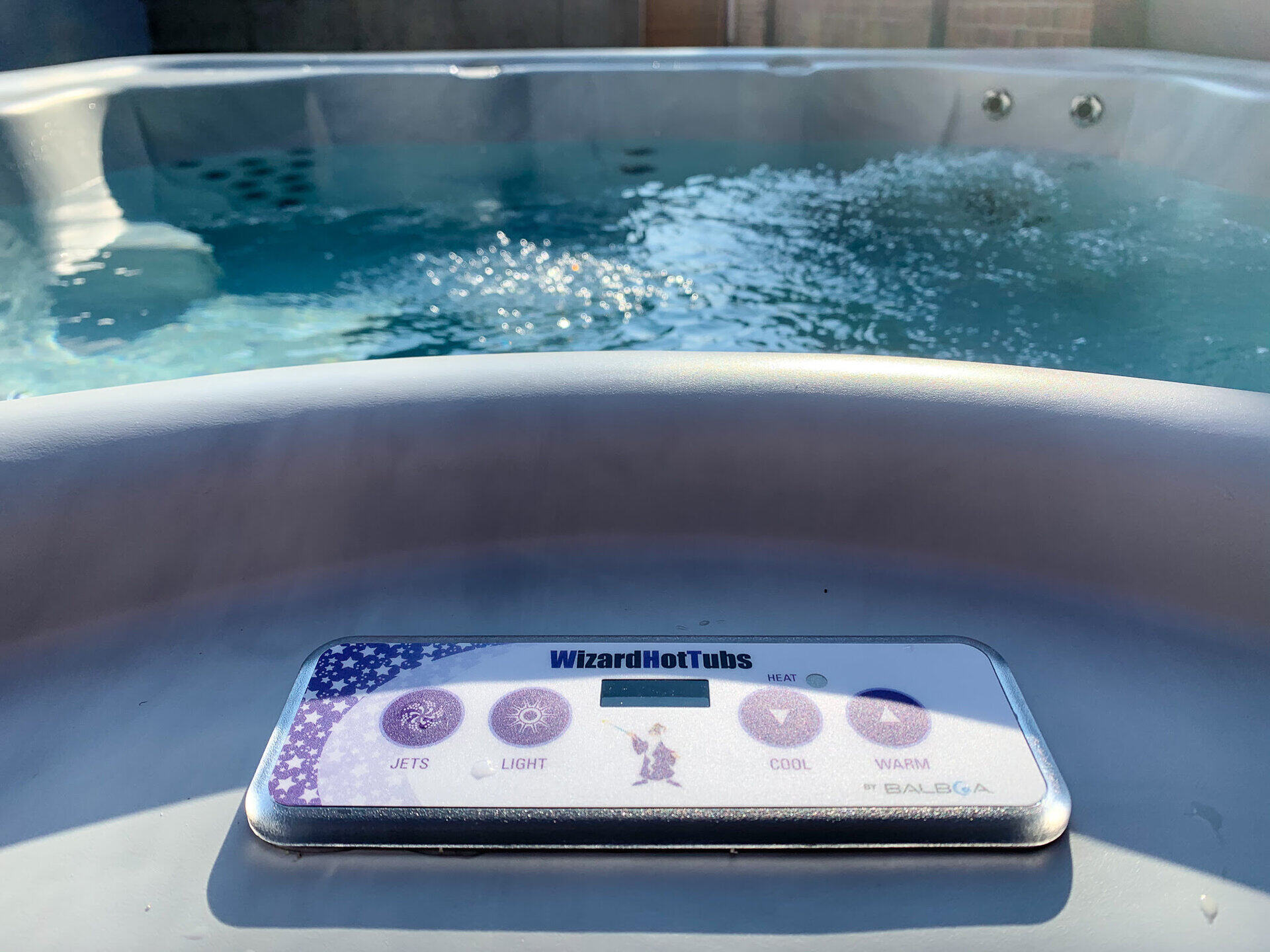
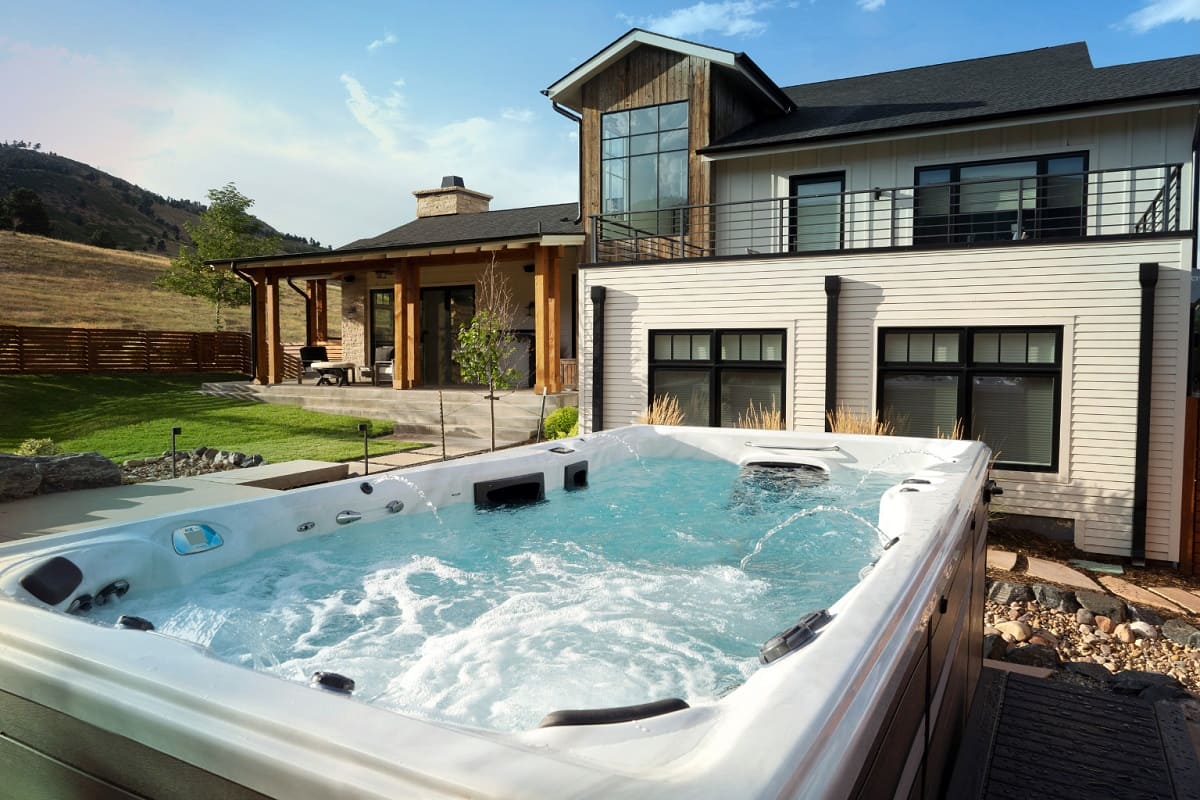
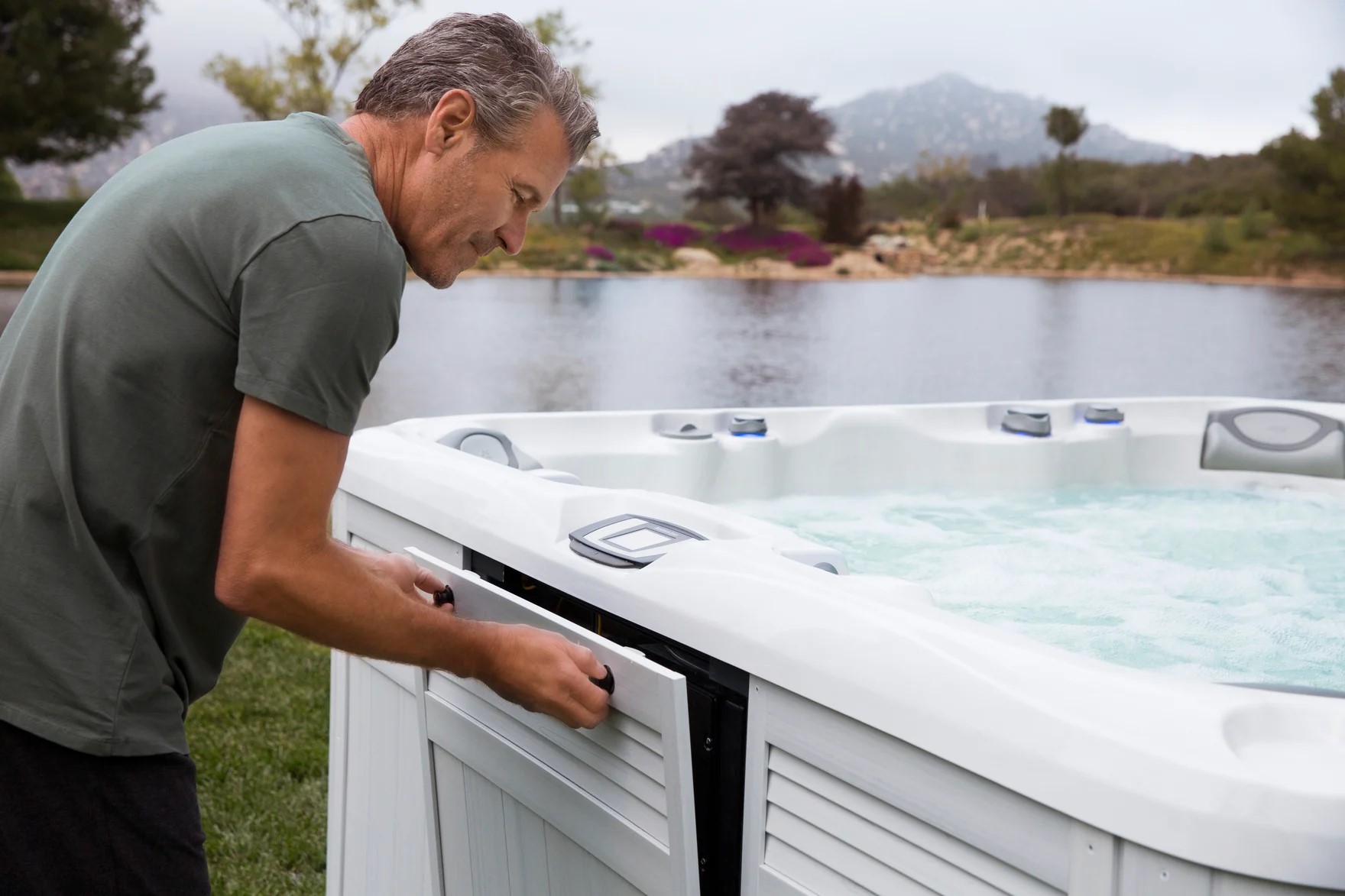
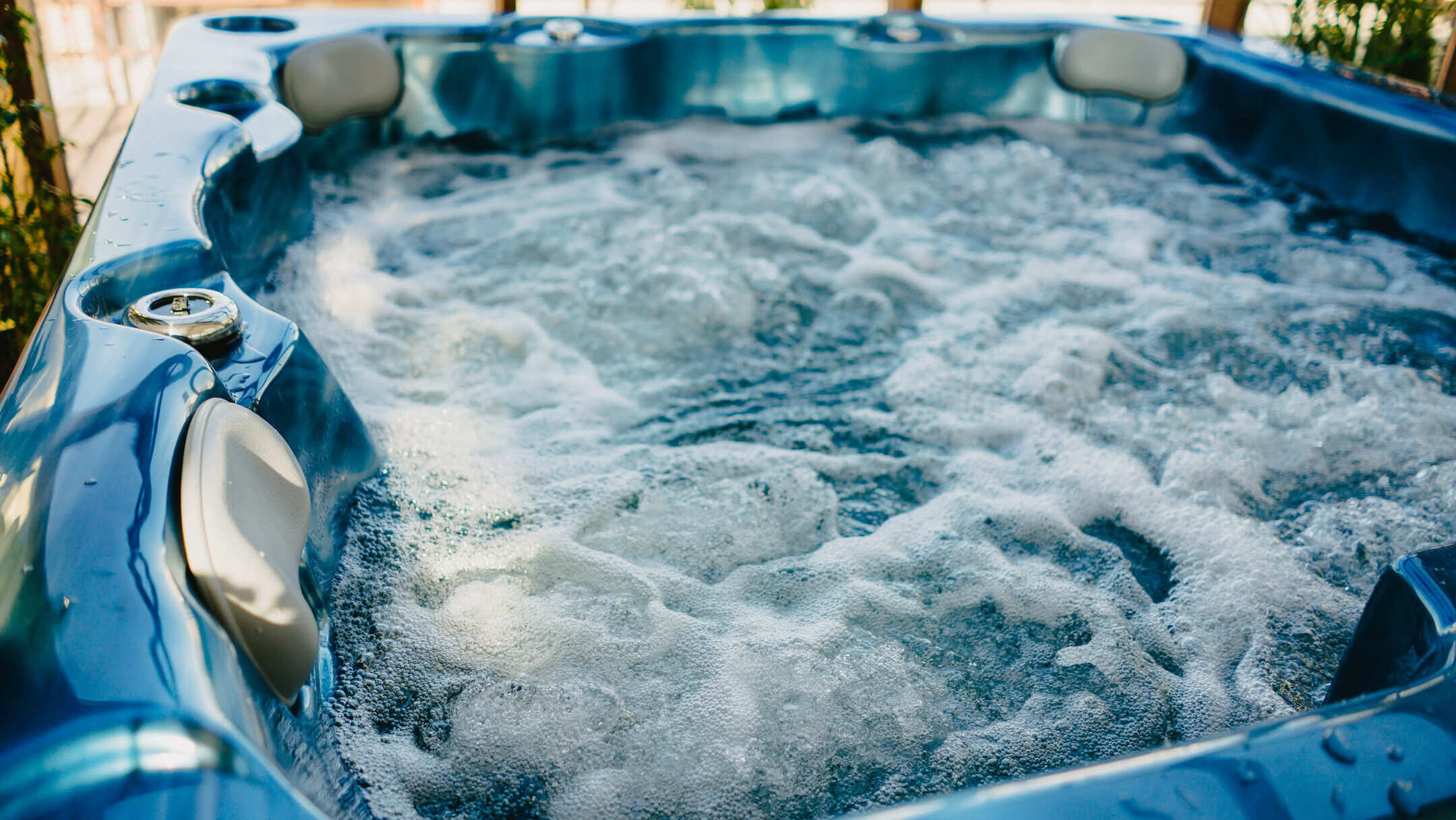
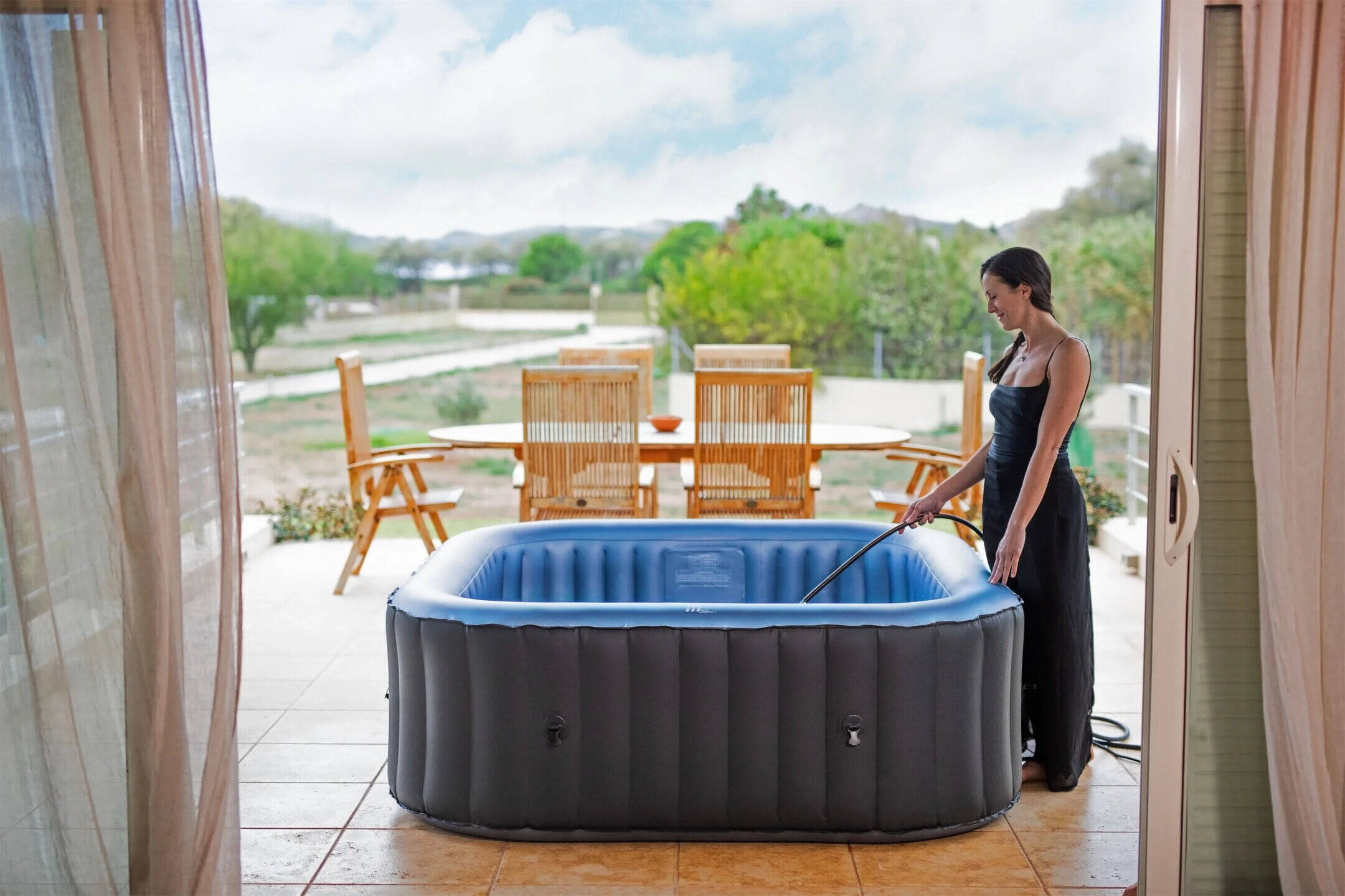
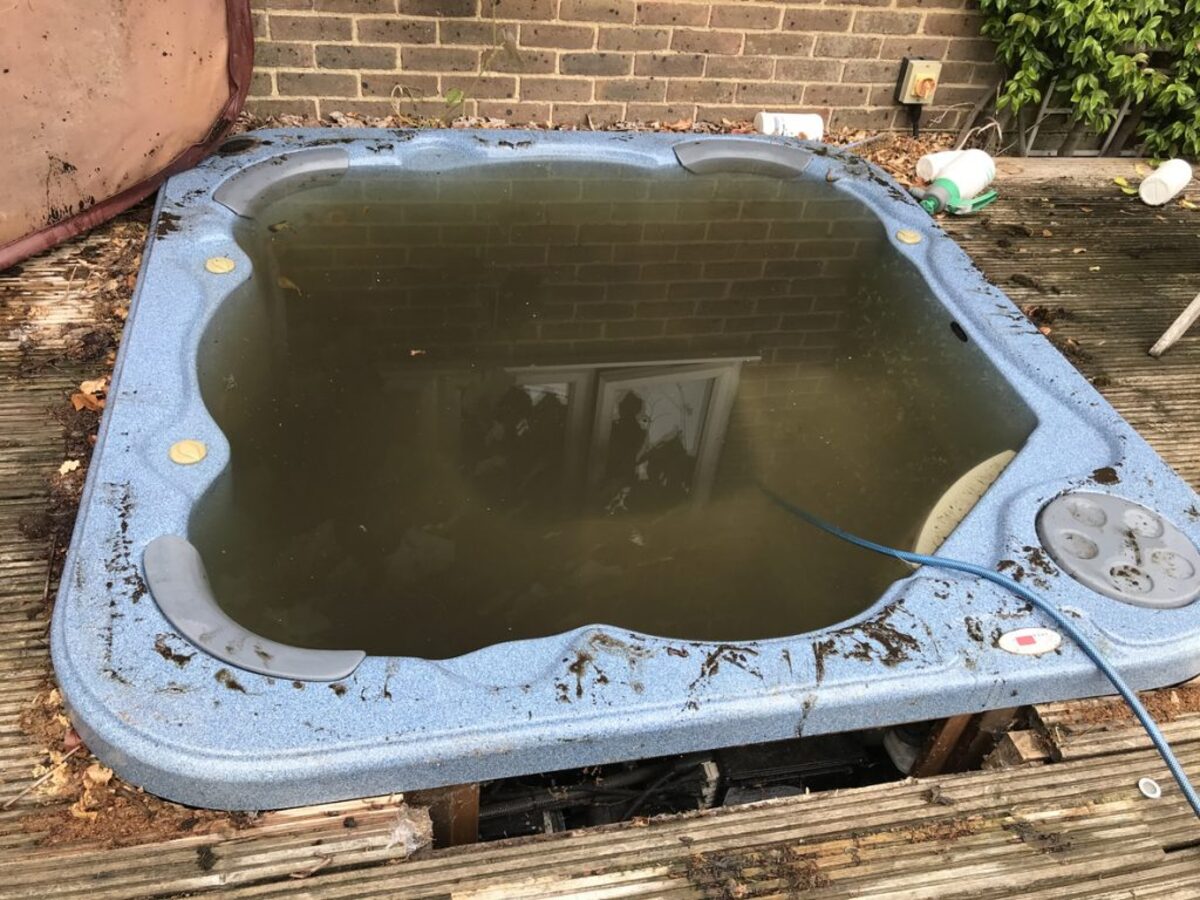

0 thoughts on “How To Fix Yellow Water In Hot Tub”